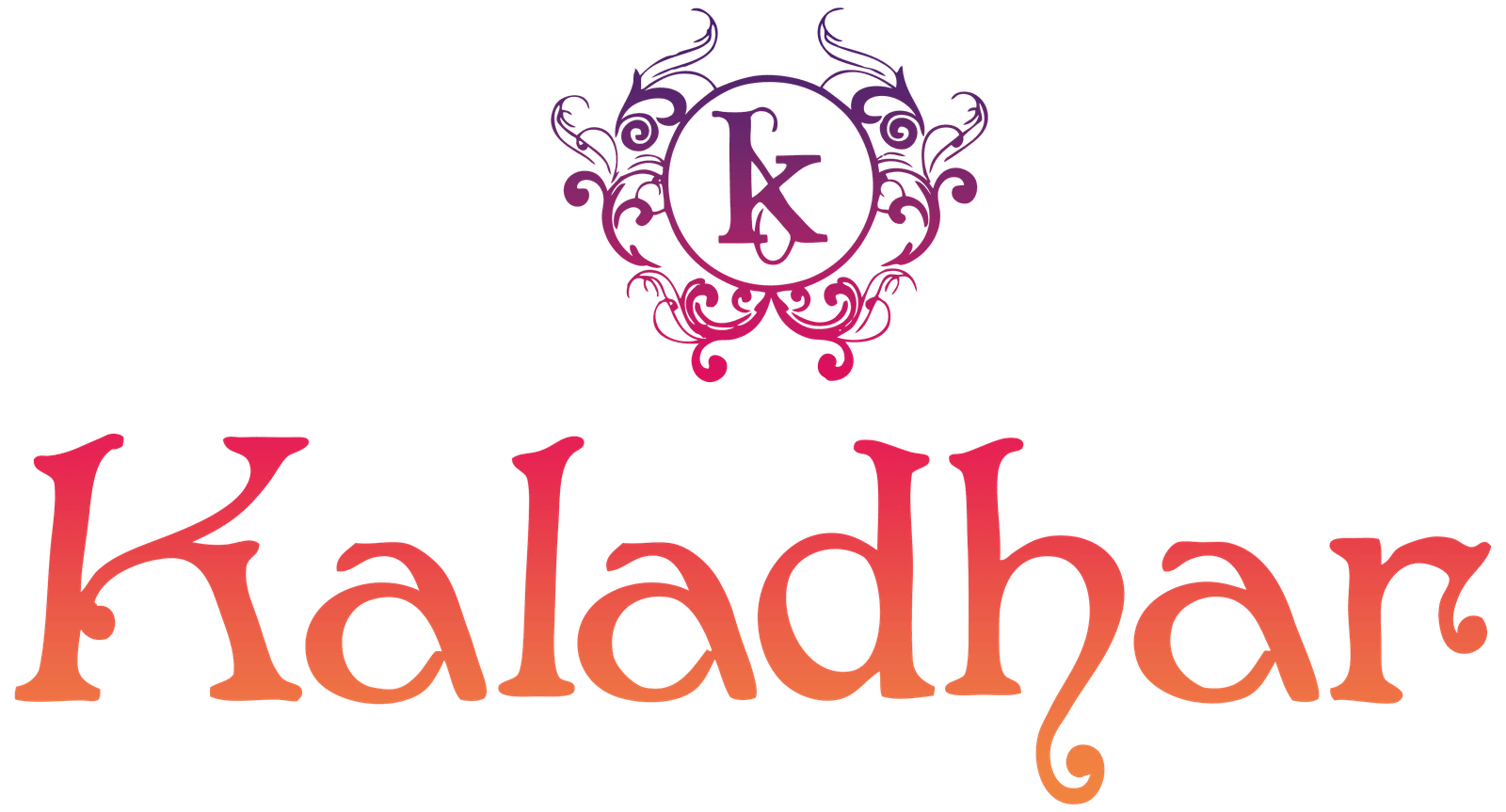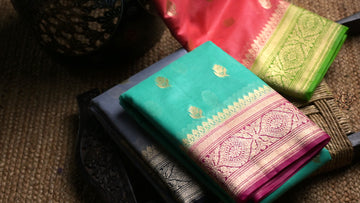Iconic sarees from Banarasi to Kanjivaram have made their mark across the nation and the globe. People in one part of India have easy access to different saree types from across the nation. Hence, it becomes easy to embrace them and understand their cultural significance.
Names such as Kanjivaram, Banarasi, Pochampally, etc., have captured the hearts of women. These big names adorn women on special Indian occasions or at red-carpet events.
Iconic sarees found across India
- Kanjivaram saree: Coming from Kanchipuram in Tamil Nadu, weaving happens using pure mulberry silk threads. You'll fall in love with their inherent elegance and grace. Additionally, a signature golden tint embellishes their look. Their pallus sport contrasting colours and have motifs of religious origins.
- Banarasi saree: This saree was originally woven for royalty with original golden and silver threads but is now accessible to everyone. Their patterns and motifs attract everyone alike.
- Pochampally saree: It originates in Telangana and has nuanced motifs and geometric patterns. Hence, woven from cotton or silk, its dyeing happens using the special Ikat style to get the effect of Chowra patterns (waves of diffused squares and diamonds).
- Kasavu saree: Originating in Kerala, this traditional saree has evolved over time with its golden borders and a minimalistic look. Sometimes, these borders are made from original golden threads, hence giving it a richer feel and look.
- Muga saree: Its manufacturing happens only in Assam and is quite versatile with its sheen, durability and golden tint. So, it derives its spectacular look from this property. Also, It’s one of the costliest silk sarees available and is mostly worn for special occasions. A unique fact about Muga sarees is that their shine increases with each wash.
Other iconic sarees found across India
- Chanderi saree: With a Madhya Pradesh origin, it is famous for its lightweight property, which comes from weaving silk and zari with cotton. Additionally, it has a scrumptious texture and can steal the limelight on any special occasion.
- Chikankari saree: Coming from Lucknow, the city of the Nawabs, these sarees are famous for their heavy embroidery on soothing colours. So, they are perfect for any occasion or time of the day.
- Tant saree: These sarees are a staple in every Bengali woman’s wardrobe. Woven from breathable fabrics, it makes a comfortable drape in humid climates.
- Nauvari saree: This traditional saree originates on the western coast of Maharashtra, and its name translates to ‘9 Yards’ which describes a saree length. You would find its draping style to be very interesting, with its border tucked at the back. This is termed ‘Kashta style’, which originates from the female Maratha warriors.
- Bandhani Saree: Originating from Gujarat, it is hand-dyed and combines elements from the Gujarati and Rajasthani cultures. It is a delicate material and, hence, stored carefully.
Iconic sarees have been very much integral to Indian culture. They have projected our nation at international events, too. Hence, it is important that these saree weaving techniques are preserved by encouraging and promoting our weavers.
Kaladhar is the best saree showroom in Hyderabad. With a rich four-decade legacy, we have some of India’s finest saree collections. Hence, if you’re looking for your special saree, please feel free to walk into our stores or even check out our website.










